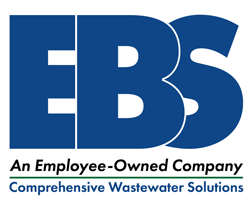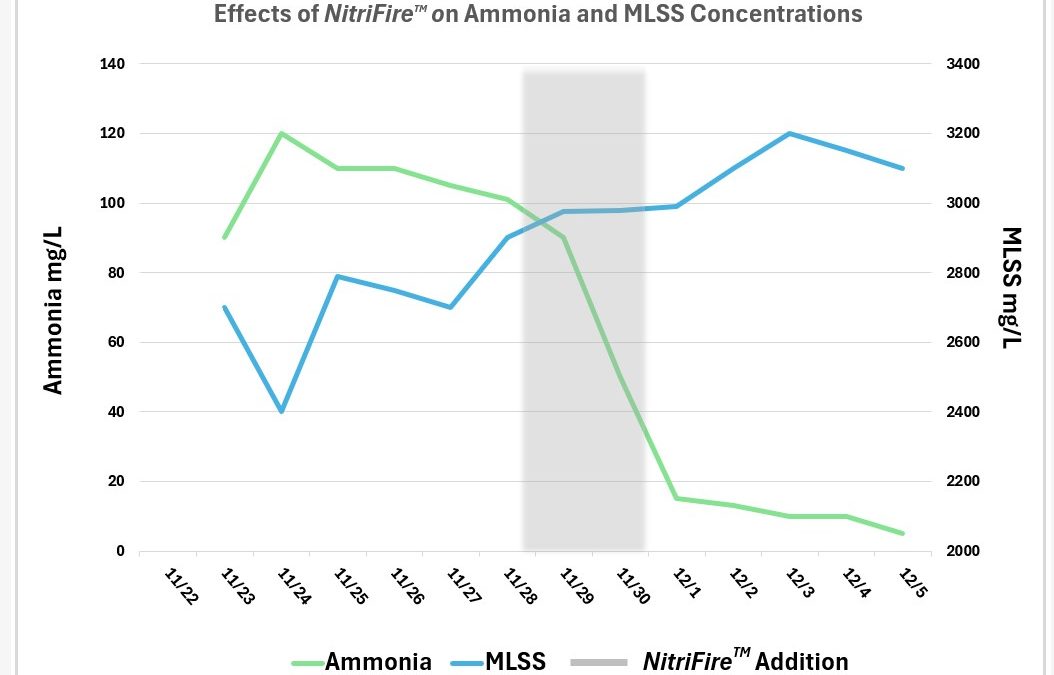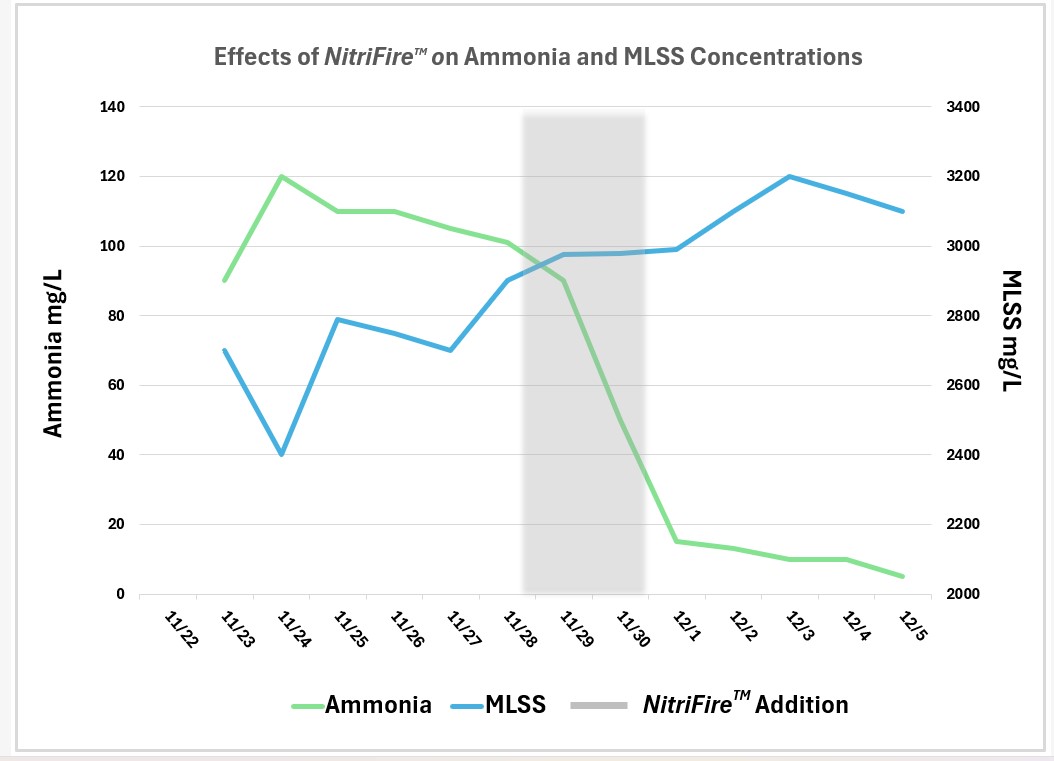Winter’s colder temperatures bring a host of operational challenges for wastewater treatment facilities, particularly in the biological nitrification process. This crucial process is responsible for converting ammonia into nitrate and can be significantly impacted by temperature. As the water cools, the growth rates of nitrifying bacteria decrease, so maintaining adequate nitrification performance becomes a delicate balancing act. To preserve a healthy nitrifying bacterial population, the sludge age, or the time microorganisms spend in the activated sludge process, must often be extended to compensate for the slower growth rates. Traditionally, this necessitates operating at higher Mixed Liquor Suspended Solids (MLSS) concentrations However, this comes with the risk of overloading the secondary clarifiers with solids. As water temperatures cool, the MLSS settling velocity decreases,exacerbating this risk.
An innovative approach to circumvent this problem is the introduction of nitrifying bacteria populations like those found in EBS’s NitriFire product. This formulation contains high concentrations of both ammonia-oxidizing bacteria (AOBs) and nitrite-oxidizing bacteria (NOBs) that can bolster the native microbial community without having to increase the sludge age. By adopting this strategy, treatment facilities can maintain nitrification while avoiding the pitfall of increased solid loading and potential clarification issues.
As demonstrated in the accompanying graph, the increasing of aeration basin MLSS concentration was gradually reducing the effluent ammonia levels. However, adding EBS NitriFire significantly accelerated the reduction in ammonia levels and return of the system to compliance. Ammonia removal reached over 90% within 72 hours (about 3 days), following the product addition.
Based on the trend shown for ammonia removal improvement as MLSS was increased, the addition of EBS NitriFire shortened the recovery time by 3 – 5 days.


